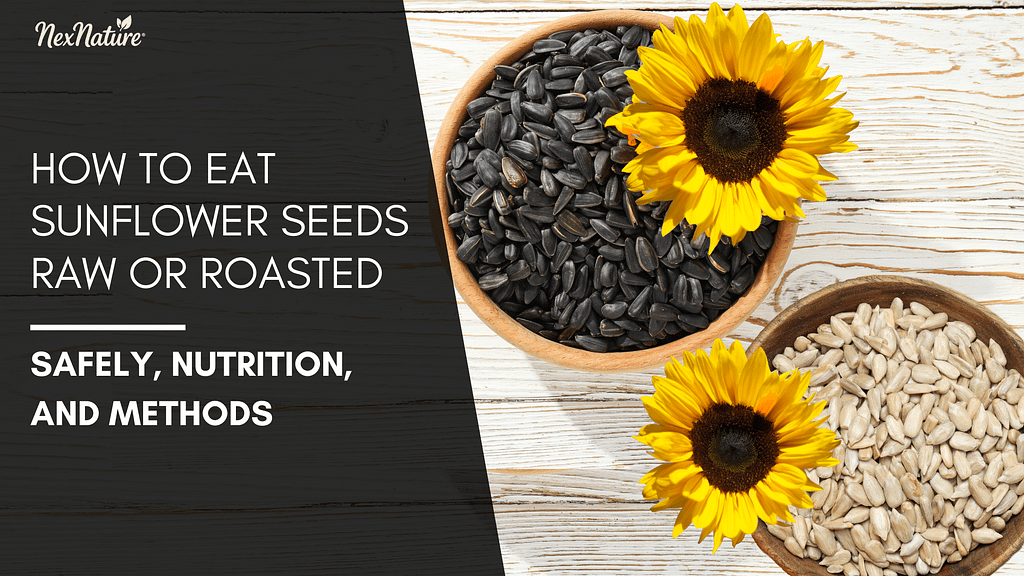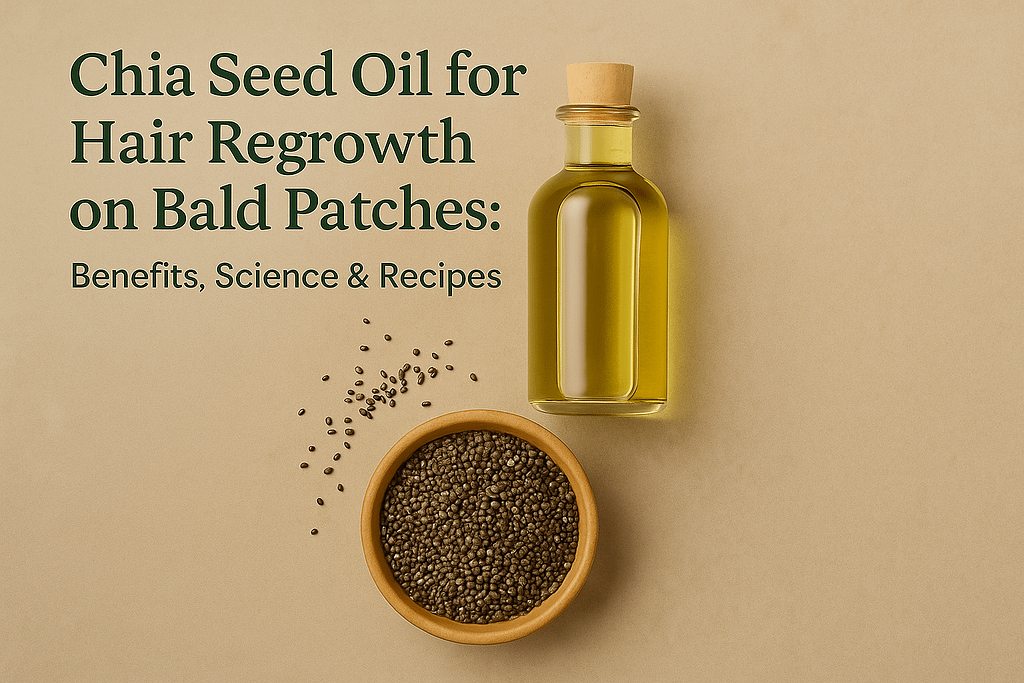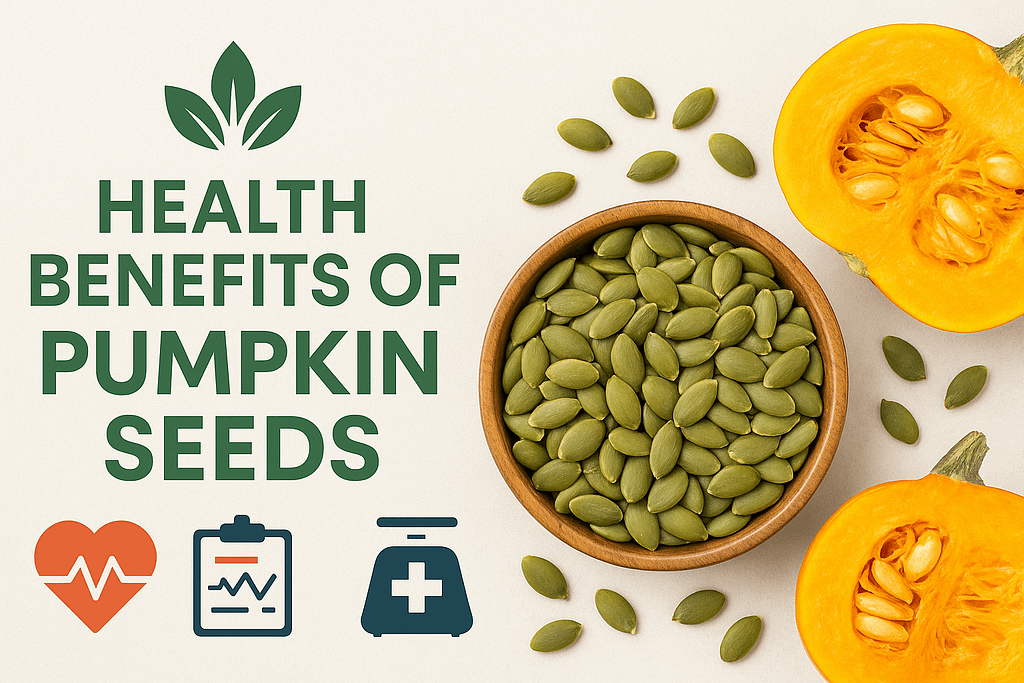Comparing High Omega-3 Seeds India: Chia vs Flax vs Perilla vs Hemp
You have stumbled upon the right place in the event that you are looking after high omega-3 seeds India has to sell. In general, regardless of whether you are a vegetarian, vegan, or just trying to increase your intake of omega-3 without fish, plant-based seeds can be a great way to provide it and contain alpha-linolenic acid (ALA)- which is one of the essential fatty acids that your body cannot synthesize. We will deconstruct some of the most popular seeds in this overall comparison: chia, flax, perilla and hemp. You will find their omega-3 level, health advantages, their presence and prices in India, use, and which one fits well in your particular needs. At the end, you will be in a good position to know which seed, or mixture, should be included in your kitchen. Understanding the Four Seeds And, unplunging into comparisons, it will be well to begin with a quick introduction of each of the nominees in the race of the best high omega-3 seeds: Chia seeds are native to Central and South America but currently found in the markets of chia seeds India. They are well known to be gelled when wet and contain huge amounts of nutrition in small packages. Flax Seeds: One of the oldest crops that were being used in India is the Flax Seeds or linseed as it is also referred to. They are easily found and are usually cheaper as compared to other omega-3 seeds. Perilla Seeds are created by plants that are cultivated in the Northeast Indian areas and Himalayan placements. Perilla seeds, suppliers of which in India succeed in being less well-known than chia or flax, are primarily niche organic brands yet they contain excellent levels of omega-3. Hemp Seeds: Industrial Cannabis sativa (non-psychoactive versions) Hemp Seeds are a good source of balanced nutrition containing decent protein and healthy fats. According to their legal status they have to purchase in certified sources in India. Nutritional Showdown: Omega-3 Content Comparison Here’s where things get interesting. When comparing these high omega-3 seeds India offers, the numbers tell an important story: Seed ALA Content (% of oil) Omega-6:Omega-3 Ratio Key Nutrients Chia 58-60% Very favorable Fiber, calcium, antioxidants Flax 53-59% Very favorable Lignans, fiber Perilla 54-64% Very favorable Strong antioxidants Hemp 19-20% Less favorable Protein, minerals Actionable Point: Perilla, chia, and flax have the highest concentration of omega-3, whereas hemp seeds nutrition has better results in terms of complete protein and more balanced fats. The ratio between omega-6 and omega-3 is important. Chia, flax, and perilla contain good ratios that contribute to anti-inflammatory and hemp has more omega-6 which can counterbalance some of the benefits when taken in large amounts. The amount of flaxseed oil that supplies most adults with recommended amounts of ALA – is 1 ounce (approximately 28 grams) which supplies 6,388 mg a day. Health Benefits: What Each Seed Offers The four seeds all offer plant-based versions of omega-3 and have similar advantages, however, small differences in each make certain ones more appropriate to particular purposes. Cardiovascular and Anti-Inflammatory Support The extent of ALA in chia, flax and perilla is known to reduce inflammation, decrease triglycerides and enhance the blood vessel activity. Studies indicate that perilla oil has the ability to raise the levels of blood ALA and EPA as an alternative to other cooking oils. Brain and Cognitive Function Although plant based ALA is also converted into EPA and DHA at rather low rates (5-10 percent), a regular intake of these omega-3 rich seeds aids in sustaining baseline omega-3 levels that aid in keeping neurons healthy. Digestive Health Chia and flax perform well in this category by containing large amounts of fiber, including both soluble and insoluble which nourishes the good gut bacteria and maintains the normal bowel movement. Antioxidant Protection Perilla is unique in terms of antioxidant power owing to phenols and tocopherols. Chia is also important in antioxidant effects. Availability and Cost in India Knowledge of where to purchase omega-3 seeds India, and at what price, will be useful in the real-world decision making: Chia seeds India: Health food stores, supermarkets and other online stores stock it in abundance. Price: ₹ 300-600 per 250g (brand and quality). Flax seeds: Flax seeds: Badly accessible and cheap, usually retailed as linseed. Price range: ₹100-300 per 250g. Perilla seeds India: Niche availability primarily through organic stores and Northeast India suppliers. Premium pricing due to limited cultivation and distribution. Hemp seeds: This is offered in certified organic stores where they are sold at a higher price based on regulatory reasons and scarcity of supply. In determining cost, it is important to consider the actual omega-3 content price per gram of the seed as opposed to seed cost. Lower-cost seeds containing lower ALA concentration are at times more expensive to use. How to Use These Seeds Effectively To have the best out of your purchase of high omega-3 seeds India, it is necessary to prepare and store them appropriately: Preparation Methods Chia seeds: Chia seeds are versatile and can be used as a liquid (to make a chia puddle) or blended into a smoothie or sprinkled on top of yogurt and oatmeal. Flax seeds: It is better ground in order to be digested and absorb nutrients better. Freshly grind in a coffee grinder or purchased in good sources. Perilla seeds: They can be consumed whole, milled or drizzled with perilla oil on top of salads (do not cook with perilla oil at all, it destroys omega-3s). Hemp seeds: Raw and served on top of food or put into a blender. Their nutty taste is suitable in both the sweet dish and the savory item. Indian Recipe Integration These are multifaceted seeds that suit the Indian cuisine well: Storage for Maximum Freshness The omega-3 fats are labile and are destroyed by light, heat, and oxygen. Keep in non-transparent containers with no air in cool locations – refrigeration is best after opening. Grind fresh since it is preferable to having ground versions. Which
Comparing High Omega-3 Seeds India: Chia vs Flax vs Perilla vs Hemp Read More »










